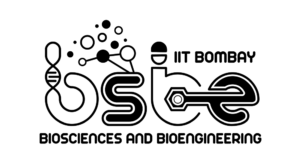| Description |
- Biochemical Unity and biological diversity - Chemical and Molecular Foundations (Molecules, Cells, Model Organisms, Molecules of Life, Pro/Eukaryotic cell structure, Microbial kingdom. Prokaryotes, eukaryotes, archaea. Microbial growth, Cells Build Supramolecular Structures, Model organisms, Separation techniques: basis and importance, Culturing and Visualising Cells, Growing cells in cultures, Microscopy – Light/Electron etc.
- Eukaryotic Cell cycle.
- The flow of genetic information - Central dogma, DNA, RNA, Protein, DNA replication, Transcription, and Translation.
- Chemical Building Blocks of Cells – Lipids/ membranes, Polysaccharides/Carbohydrates, Proteins, Amino acids, Proteins structure, Primary, Secondary, Tertiary, and Quaternary, Haemoglobin: portrait of an allosteric protein, Protein folding, Purifying, Detecting, characterising Proteins, and Proteomics)
- Enzymes - How Enzymes work, Mechanism and kinetics, Enzyme reactions – examples, Regulations
- Signal transduction - Extracellular cues to cellular response, Receptors/ GPCRs, Secondary messengers, signalling pathways – examples, Post-translational modifications and signalling.
- Protein trafficking - Protein targeting, Quality control, Vesicular traffic, secretion, and endocytosis
- Metabolism: basic concepts and design, Oxidative and photo-phosphorylation, Integration of metabolism, Cancers and metabolism.
- Recombinant DNA technology – Genomes, Concept of homology.
|

